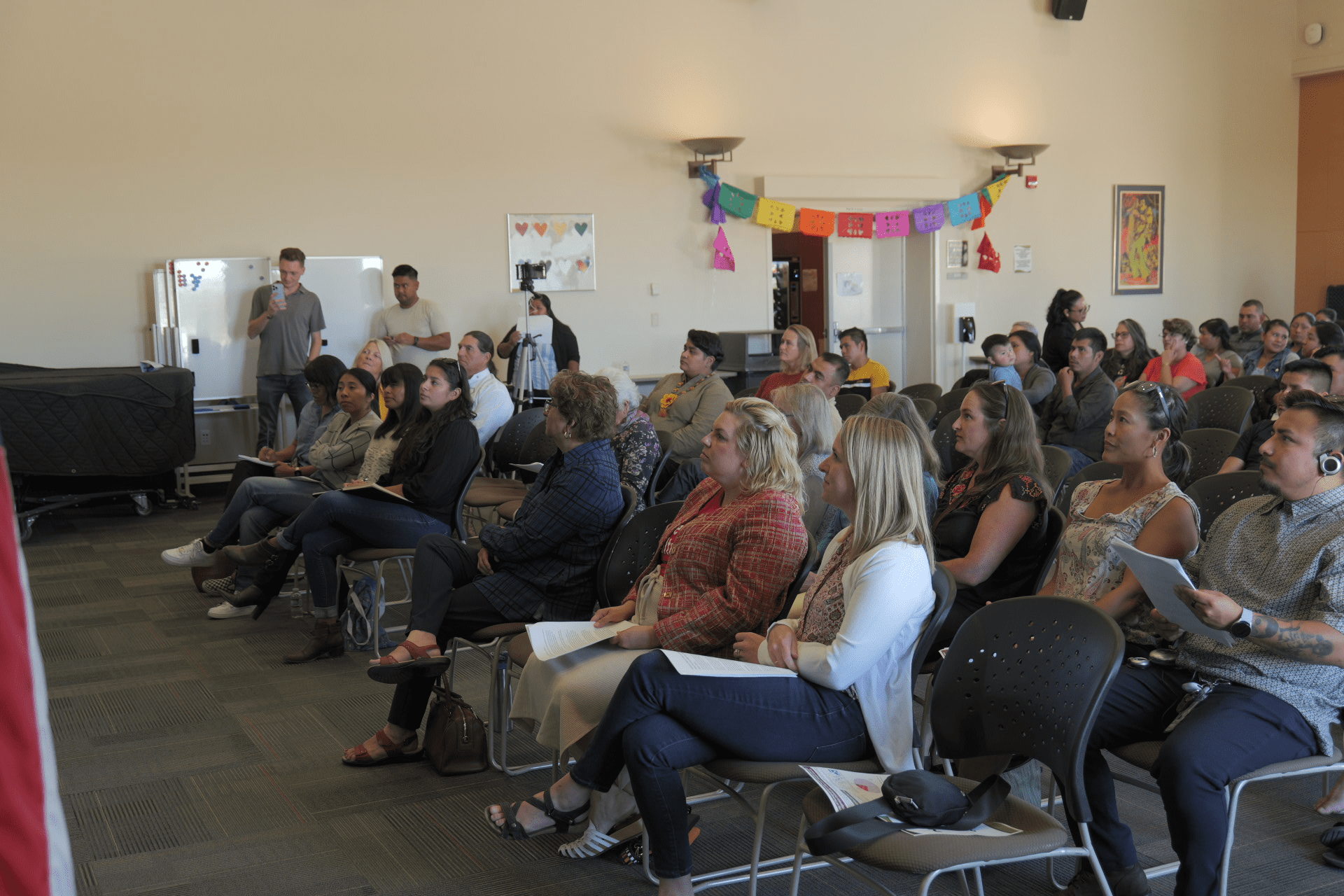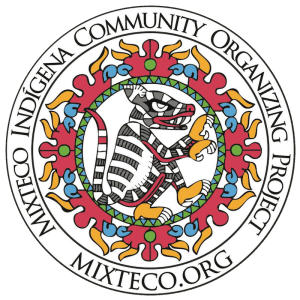How a San Luis Obispo County Demographic Survey Recognizes Health Care Issues in Indigenous Latinx Communities

By Miguel Hernandez
On October 15, the results of the demographic and health survey of the Latinx Indigenous community in San Luis Obispo County were presented. The survey was presented by Cuesta College Ethnic Studies Department and was funded by the San Luis Obispo Department of Public Health. The researchers consisted of a trilingual team (Spanish, Mixtec, English) from the Mixteco Indigenous Community Organization Project (MICOP) and Ethnic Studies Research partners from Cuesta College, Diringer and Associates, and California State University, San Marcos (CSUSM). The researchers embarked on this journey with the intention of deriving and analyzing health data from indigenous communities that are commonly forgotten and lost with the term Latinx or Hispanx.
Some of the results of the demographic studies revealed that 64% of indigenous families reported not having enough money to eat in the last year. Also, 34% have problems with water or access to clean and reliable water. Researchers estimate about 8,000 indigenous people living in San Luis Obispo County. The majority speak Mixtec at home and have an average of 29 years old, but live below the federal poverty line.
This demographic survey also revealed how 95% of the indigenous community in the San Luis Obispo area works in the fields. But the median household income was reported to be “less than $2,500/month” in a county where “the cost of living for a family of four is $8,183/month,” said Dr. Alex Espinoza-Kulick.
MICOP community organizer Silvano Vázquez commented that the most surprising fact about the demographic study was the lack of health care. “There is a lack of access to language where people can express their needs.” “This survey was conducted to provide reliable information from the county’s indigenous Mexican community and reinforce community agencies and organizations in how they can reach our community.”
During this presentation, several community members attended, hoping that this survey would bring the social and systemic changes that indigenous communities desperately need.
Emilio Aparicio, a community member, raised his voice during the presentation and asked, “What now?”, asking what the future would be like after this survey. He had the concern that there are always people and organizations that do this type of work, but changes never come.
The Executive Director of the Mixteco Indigenous Project, Arcenio López, responded to this question by telling the community that change does not come overnight. But, there must be patience and optimism that this survey will bring the necessary change for the indigenous communities of the county. This survey presents the necessary data for companies and organizations that recognize the presence and needs of indigenous communities in San Luis Obispo County.
He also recalled the importance of trusting community organizations such as the Mixteco Indigenous Project and other organizations that want to help these communities. Furthermore, he mentioned the importance of not being afraid of participating when these types of surveys come about because it is these types of surveys that bring change. He also recalled the importance of simply talking among communities and peers and expressing their needs.
The event ended with high emotions, food, and music. Dr. Alex Espinoza-Kulick, a researcher for this survey, once again thanked the community for their participation and support in this demographic study. He also recalled how these conversations “will help guide community leaders and service providers on how best to support the needs of the Latinx indigenous community.”
